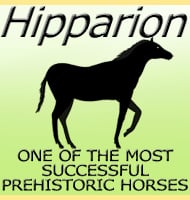Gilchristosuchus
In Depth Living in the late Cretaceous, Gilchristosuchus was a crocodile that in evolutionary terms may have come close to modern crocodiles, yet may not have actually been one of them. The size of Gilchristosuchus is still unknown but the one partial skull known shows signs of fusing, indicating that it was an adult specimen. … Read more
